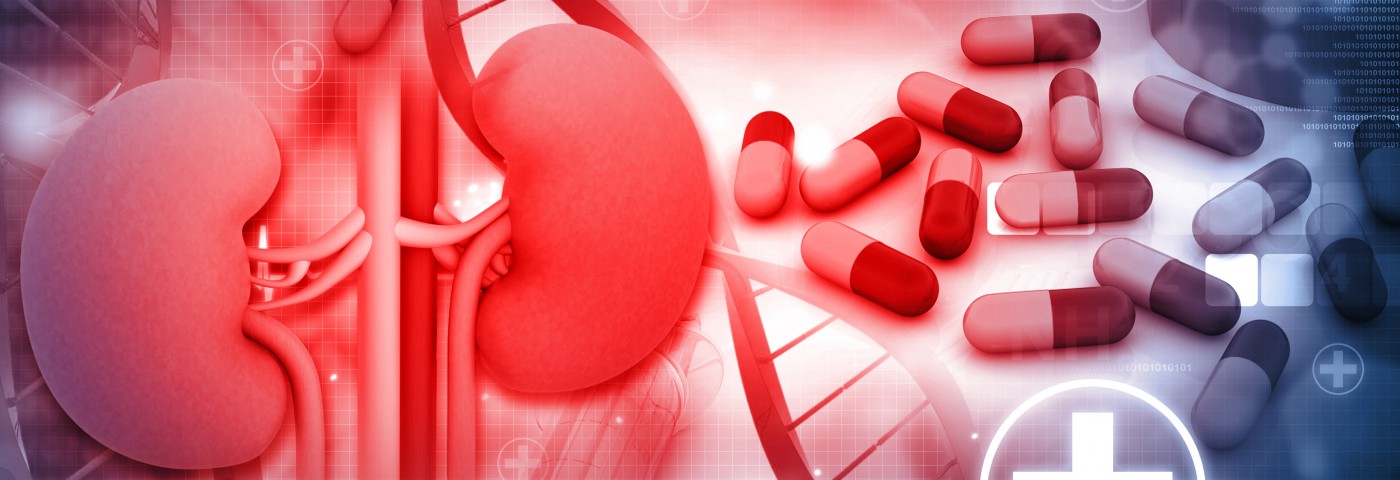Johns Hopkins Bloomberg School of Public Health researchers have found that an online tool combining results of medical tests can estimate with precision the risk of chronic kidney patients to develop kidney failure in the next two to five years. The findings are published in the Journal of the American Medical Association (JAMA), in an article titled “Multinational Assessment of Accuracy of Equations for Predicting Risk of Kidney FailureA Meta-analysis.”
The new calculator is expected to help patients at high risk of kidney failure prepare for dialysis or transplant, and provide peace of mind to many more who have chronic kidney disease but are not at serious risk of kidney failure.
Chronic kidney disease (CKD) is increasing in incidence and prevalence worldwide. Rates of progression to kidney failure vary among individuals with CKD and depend on the severity of kidney disease, comorbid conditions, and risk of dying before kidney failure onset. In 2013, about 117,000 CKD patients developed kidney failure, a number that translates to about 1% of chronic kidney disease patients developing kidney failure every two years.
“This tool allows doctors to sit down with their patients and explain how likely it is that their kidneys will fail in the near future,” Josef Coresh, MD, PhD, the George W. Comstock Professor of Epidemiology at the Bloomberg School, and head of the Chronic Kidney Disease Prognosis Consortium that conducted the study, said in a recent news release. “While the tool can aid in management of a patient’s disease and prepare them for the worst, many more patients will find the results reassuring. You can reassure a lot of worried people with the fact that their risk is actually very low. The vast majority of patients will not need dialysis.”
The Consortium validated the tool, which was created by a Canadian research team, using data from 721, 357 CKD patients in 31 countries. The diverse cohorts included populations across a wide range of baseline risk of kidney failure. For this analysis, cohorts included patients with stages 3 to 5 CKD, with an estimated glomerular filtration rate (eGFR) lower than 60 mL/min/1.73 m2 and an absence of kidney failure at baseline, and with follow-up information on kidney failure defined as treatment by dialysis or a kidney transplant.
During a median follow-up of four years, 23, 829 cases of kidney failure were observed. A four-variable risk calculator was found to accurately predict the risk of kidney failure in two or five years, and an eight-variable calculator did moderately better. The four-variable risk calculator uses sex, age, and kidney function estimates based on a blood test and the amount of protein in patients’ urine. The eight-variable risk calculator adds levels of phosphate, bicarbonate, blood calcium, and band albumin.
The results further revealed that test results in the U.S. were identical to those in the Canadian study. In countries outside North America, the risk tool needed calibration to account for the lower risk of kidney failure in these countries. “We’ve known which were the important tests to consider in determining the risk of kidney failure, but we didn’t know exactly how to put them together and we didn’t have a high level of confidence that this tool could be used widely,” Coresh said. “Now we do.”
Clinicians can now use the four- or eight-variable kidney failure risk equations, which can be found at www.kidneyfailurerisk.com, with the recalibration factor where applicable, informing clinician-patient communication and treatment decisions regarding the absolute risk of kidney failure, rather than CKD stage alone. In some cases, the tool may act as a wake-up call to promote better medication adherence as well as diet and lifestyle changes.
Patients who go on dialysis have better outcomes when they can get surgery ahead of time to create a fistula, a connection between an artery and a vein to facilitate the mechanical cleansing process. Before it can be used, a fistula takes months to heal. If a kidney transplant is the better option, patients can start looking for a kidney donor — the wait for a match can take up to 5 years — or make other provisions.
“Dialysis and transplantation are expensive and complicated and take planning,” said study co-author Morgan E. Grams, MD, PhD, a nephrologist and assistant professor of epidemiology at the Bloomberg School. “Knowing ahead of time allows people to consider their options.”

